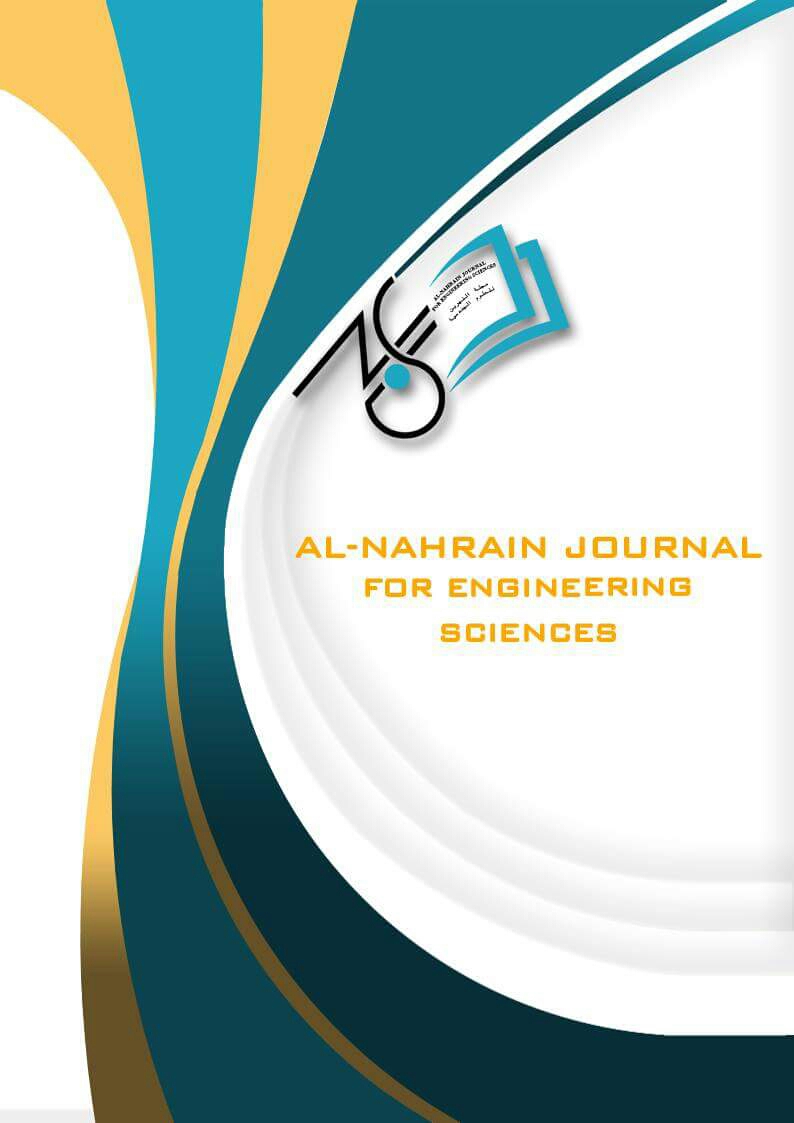Fabricating Different Laminate Composites by Manual Layup and Estimating the Optimum Parameters for CNC Milling Machine
DOI:
https://doi.org/10.29194/NJES.23040388Keywords:
Surface Roughness, CNC Milling Machine, Heating Method, Laminate Composites, Manual LayupAbstract
In this paper the ability of fabricating laminate composites by manual layup was discussed. Heating method was used to manufacture the composites; heat was applied to approximately 12 hours with specific heat temperature. There were four types of laminate composites fabricated and studied in this research, containing Aluminum alloy 6061 as the common element in all types, two types of fibers; woven Carbon fiber with two different orientations: ±45°, ±60°, random fiberglass and with two types of resin; epoxy resin and polyester resin. Different types of composites were made to determine the effect of CNC milling machine to the measured surface roughness and for specified parameters. The weight fraction ratio of the fibers is 37%, polymer is 34% and 29% for Aluminum. The parameters selected are spindle speed, feed rate and depth of cut. The L9 Taguchi orthogonal arrays, signal to noise (S/N) ratio and analysis of variance (ANOVA) are selected to determine the effect of these parameters; it was analyzed by MINITAB 17 program. The results showed that the parameter were significant more to the epoxy resin specimens than polyester resin specimens. The optimal milling parameters for good surface finish for Aluminum – Carbon fiber composite are at 3000RPM, 1200mm/min, 1.2mm, and for Aluminum – Fiberglass composite are 5000RPM, 1800 mm/min, 2.0mm.
Downloads
Downloads
Published
Issue
Section
License
The authors retain the copyright of their manuscript by submitting the work to this journal, and all open access articles are distributed under the terms of the Creative Commons Attribution-NonCommercial 4.0 International (CC-BY-NC 4.0), which permits use for any non-commercial purpose, distribution, and reproduction in any medium, provided that the original work is properly cited.














